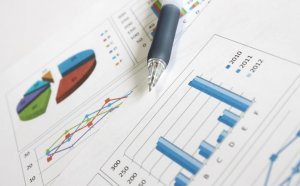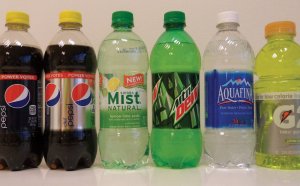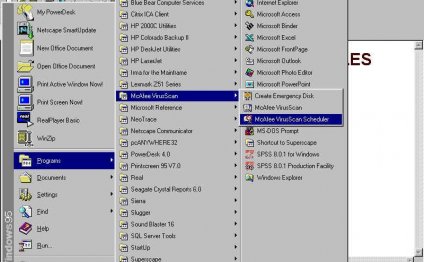
Financial Accounting problems and Solutions
These sample problems are intended as a supplement to my book Accounting Made Simple: Accounting Explained in 100 Pages or Less.
Chapter 1: The Accounting Equation
Question 1: Define the three components of the Accounting Equation.
Question 2: If a business owns a piece of real estate worth $250, 000, and they owe $180, 000 on a loan for that real estate, what is owners’ equity in the property?
Answer to Question 1:
- Assets: All the property owned by a business.
- Liabilities: A company’s outstanding debts.
- Owners’ Equity: The company’s ownership interests in its property after all debts have been repaid.
Answer to Question 2: $70, 000
Chapter 2: The Balance Sheet
Question 1: Categorize the following accounts as to whether they’re Asset, Liability, of Owners’ Equity accounts.
- Common Stock
- Accounts Receivable
- Retained Earnings
- Cash
- Notes Payable
Question 2: For each of the following assets or liabilities, state whether it is current or non-current:
- Accounts Payable
- Property, Plant, and Equipment
- Note Payable
- Inventory
- Common Stock: Owners’ Equity
- Accounts Receivable: Asset
- Retained Earnings: Owners’ Equity
- Cash: Asset
- Notes Payable: Liability
Answer to Question 2:
- Accounts Payable: current liability
- Cash: current asset
- Property, Plant, and Equipment: non-current asset
- Note Payable: non-current liability (Though if a portion of the note is due within the next twelve months, that portion should be shown as a current liability.)
- Inventory: current asset
Chapter 3: The Income Statement
Question 1: Given the following information, calculate ABC Corp’s Net Income:
- Sales: $260, 000
- Cost of Goods Sold: $100, 000
- Salaries and Wages: $20, 000
- Rent Expense: $15, 000
- Advertising Expense: $35, 000
- Cost of repairs resulting from fire: $50, 000
Question 2: Using the above information, calculate ABC Corp’s Operating Income.
Question 3:Using the above information, calculate ABC Corp’s Gross Profit.
Answer to Question 1: $40, 000 (Sales of $260, 000 minus $220, 000 of total expenses.)
Answer to Question 2: $90, 000 (Operating Income is intended to represent income from typical business operations. As a result, expenses resulting from a fire would certainly not be included when calculating Operating Income.)
Answer to Question 3: $160, 000 (Sales minus Cost of Goods Sold)
Chapter 4: The Statement of Retained Earnings
Question 1: Using the following information, calculate the ending balance in Retained Earnings:
- Beginning Retained Earnings: $10, 000
- Net Income: $5, 000
- Dividends Paid: $4, 000
Question 2: Calculate Net Income given the following information:
- Consulting Revenue: $50, 000
- Rent Expense: $5, 000
- Software Licensing Fees: $3, 000
- Dividends Paid: $6, 000
- Advertising Expense:$20, 000
Question 3: Using the following information, calculate how much was paid out in dividends during the year:
- Beginning Retained Earnings: $40, 000
- Net Income: $15, 000
- Ending Retained Earnings: $30, 000
Answer to Question 1: $11, 000
Answer to Question 2: $22, 000 (Remember, dividends are not an expense! They are a distribution of net income rather than a reduction of net income.)
Answer to Question 3: $25, 000
Chapter 5: The Cash Flow Statement
Question 1: Calculate cash flow from operating activities using the following information:
- Cash sales: $10, 000
- Credit sales: $15, 000
- Cash received from prior credit sales: $8, 000
- Rent paid: $3, 000
- Inventory purchased: $6, 000
- Wages paid:$5, 000
Question 2: Categorize the following cash flows as to whether they are operating, investing, or financing activities:
- Taxes paid
- Dividends paid to shareholders
- Interest paid on loans
- Dividends received on investments
- Cash sales
- Purchase of new office furniture
Answer to Question 1: Net cash inflow of $4, 000. (Remember not to include the $15, 000 of credit sales when calculating cash flow.)
- Taxes paid: Operating Activities
- Dividends paid to shareholders: Financing Activities
- Interest paid on loans: Operating Activities (Note: Principal paid on loans is a financing activity.)
- Dividends received on investments: Operating Activities
- Cash sales: Operating Activities
- Purchase of new office furniture: Investing Activities
Chapter 6: Financial Ratios
Questions 1-3: Use the following income statement and balance sheet to answer the following questions.
| Income Statement | ||
| Sales | 130, 000 | |
| Cost of Goods Sold | 26, 000 | |
| Profit Margin | 104, 000 | |
| Salaries and Wages | 15, 000 | |
| Rent Expense | 5, 000 | |
| Licensing Expenses | 20, 000 | |
| Advertising Expense | 4, 000 | |
| Total Expenses | 44, 000 | |
| Net Income
|
60, 000 | |
| Balance Sheet | ||
| Assets | ||
| Cash | 10, 000 | |
| Inventory | 15, 000 | |
| Property, Plant, and Equipment | 250, 000 | |
| Accounts Receivable | 5, 000 | |
| Total Assets | 280, 000 | |
| Liabilities | ||
| Accounts Payable | 20, 000 | |
| Notes Payable | 40, 000 | |
| Total Liabilities | 60, 000 | |
| Owners’ Equity | ||
| Common Stock | 120, 000 | |
| Retained Earnings | 100, 000 | |
| Total Owners’ Equity | 220, 000 | |
Question 1: Calculate the company’s current ratio and quick ratio.
YOU MIGHT ALSO LIKE
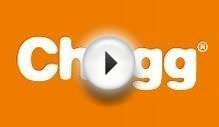

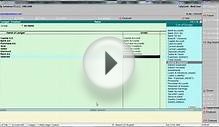
Share this Post
Related posts
Financial Accounting problems
Description: The Journal of Accounting Research publishes original research using analytical, empirical, experimental, and…
Read MoreFinancial Accounting Rules and Regulations
Accounting standards are needed so that financial statements will fairly and consistently describe financial performance…
Read More
